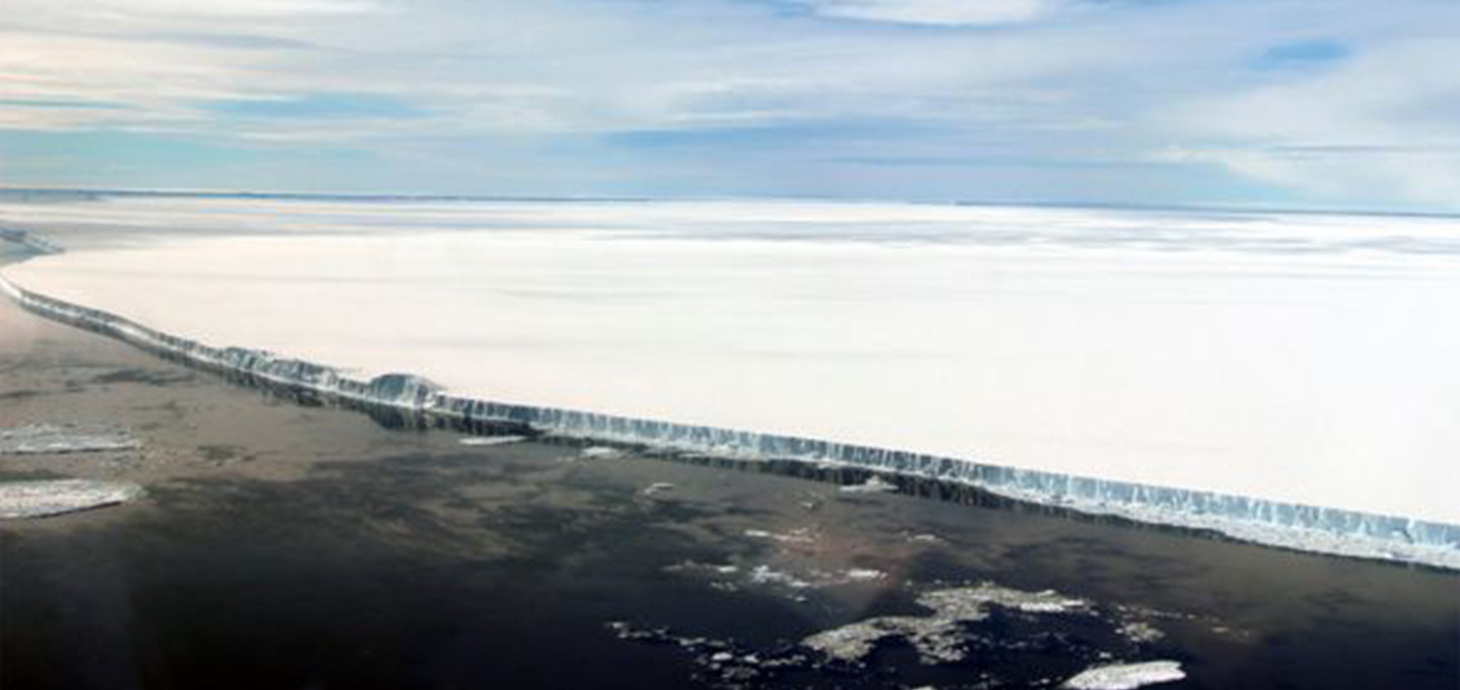These articles are now archived and will no longer be updated.

Scientists from Swansea University have revealed that A68, the world’s largest iceberg, is about to enter the open ocean for the first time.
The colossal iceberg, which broke free from Antarctica in July 2017, is one of the largest icebergs ever recorded.
A68 in numbers:
- It weighs around a trillion tonnes – roughly the same as 20 million RMS Titanic ships.
- It measures around 6,000 sq km (2,300 sq mi), that’s around four times the size of London.
- It has a thickness to length ratio akin to five sheets of A4.
The A68 has lost very little of its bulk in the two-and-a-half years since it broke away from the Larsen-C ice shelf. For a year, it hardly moved, its keel apparently grounded to the seafloor.
Prevailing winds and currents have pushed the A68 northwards along the eastern coast of the Antarctic Peninsula, and the drift underwent a rapid acceleration during the summer season.
The iceberg, currently at 63 degrees South latitude, is following a very predictable course.
When it pops above the tip of the peninsula, the massive block should be swept northwards towards the Atlantic - a path researchers refer to as "Iceberg Alley".
Professor Adrian Luckman from Swansea University says A68 will struggle to maintain its integrity once it reaches the Southern Ocean’s harsher waters. He said: "With a thickness to length ratio akin to five sheets of A4, I am astonished that the ocean waves haven't already made ice cubes out of A68.
"If it survives for long as one piece when it moves beyond the edge of the sea-ice, I will be very surprised.”
